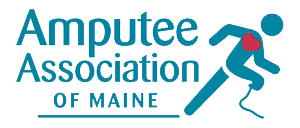A lot of things impact your recovery after amputation, such as your level of amputation, physical condition, diet, family support, emotional well-being, and personal motivation. A rehabilitation program that takes care of your physical needs and emotional well-being can help you have an independent life. Many patients are able to use a prosthesis, also called an artificial limb, but your care team can also help you become more independent in daily life without a prosthesis.
Goals of Rehabilitation
- Manage painful conditions including residual limb and phantom limb pain
- Prevent injuries that sometimes occur in remaining limbs
- Improve and maintain physical health
- Become independent and safe in walking and self-care activities
- Participate in the community, return to work and free-time activities
- Maintain your emotional well-being
- Improve your quality of life
- Foster a healthy body image and high self-esteem
- Find satisfaction with your independence, your prosthesis, and your care team
